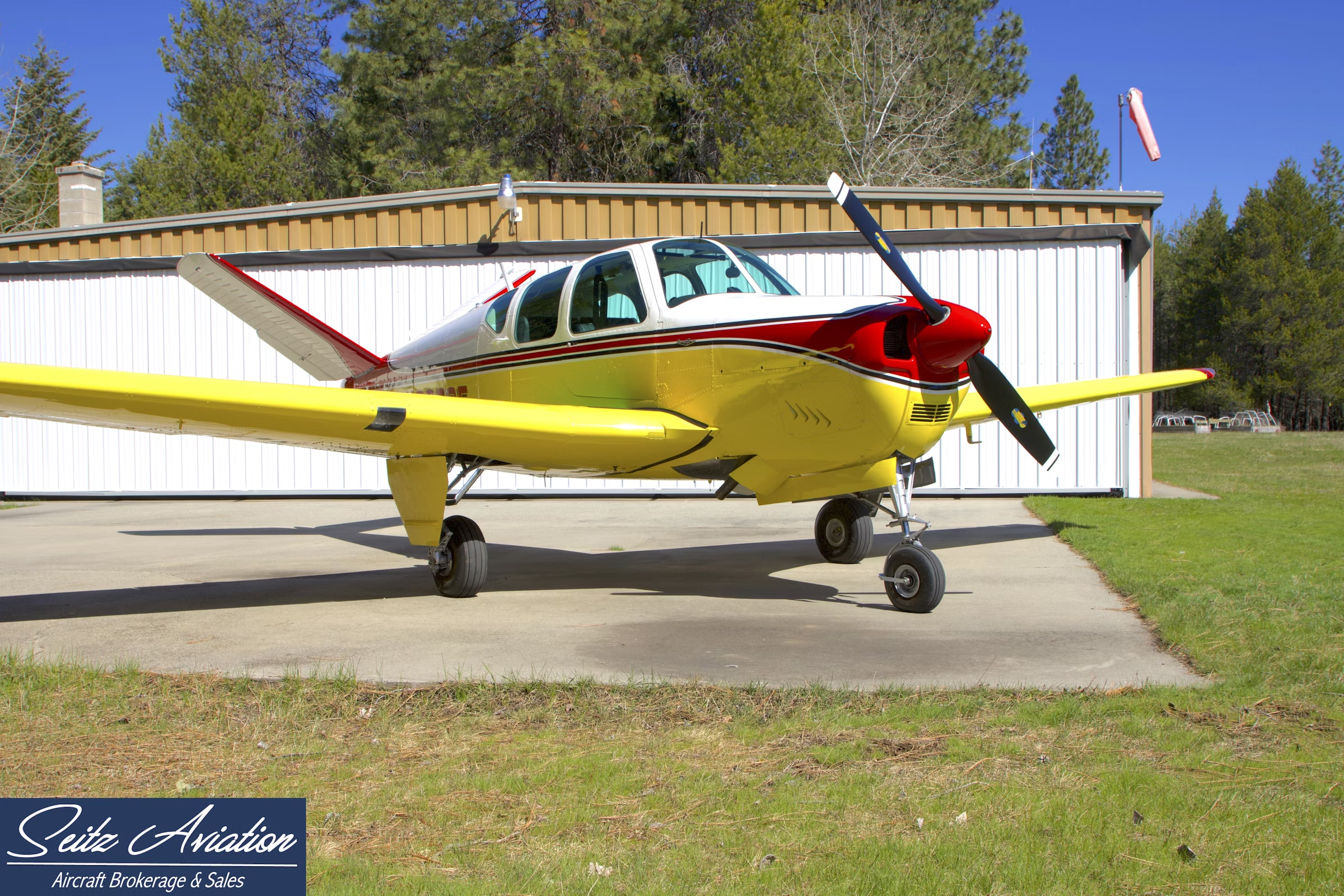
Embraer’s line of Energia aircraft. Embraer
Embraer has unveiled a family of concept aircraft the company says it is exploring to help the industry achieve its goal of net zero carbon emissions by 2050.
The details of the Energia family, the latest in the company’s Sustainability in Action initiative, were announced Monday from Embraer’s manufacturing facility in São José dos Campos, Brazil.
It’s all part of an industry-wide push to reduce carbon emissions and move toward sustainable types of aviation fuels across all sectors—business aircraft and larger, regional, and international passenger airliners. The global aviation industry currently produces about 2 percent of all human-generated carbon emissions, according to Air Transport Action Group.
Embraer has partnered with an international consortium of engineering universities, aeronautical research institutes, and small and medium-sized enterprises to better understand energy harvesting, storage, thermal management, and their applications for sustainable aircraft propulsion.
The Energia family includes four concept aircraft of varying sizes that incorporate different propulsion technologies—electric, hybrid-electric, hydrogen fuel cell, and dual-fuel gas turbine.
Dual-fuel gas turbine systems allow for the change from one fuel to another while the turbine is operating.
Energia Hybrid (E9-HE)
- hybrid-electric propulsion
- up to 90 percent CO2 emissions reduction
- nine seats
- rear-mounted engines
- technology readiness—2030
Energia H2 Fuel Cell (E19-H2FC)
- hydrogen electric propulsion
- zero CO2 emissions
- 19 seats
- rear-mounted electric engines
- technology readiness—2035
Energia Electric (E9-FE)
- full electric propulsion
- zero CO2 emissions
- nine seats
- aft contra-rotating propellers
- technology readiness—2035
Energia H2 Gas Turbine (E50-H2GT)
- hydrogen or SAF/jet-A turbine propulsion
- up to 100 percent CO2 emissions reduction
- 35 to 50 seats
- rear-mounted engines
- technology readiness—2040
Each aircraft is being evaluated for its technical and subsequent commercial viability, Embraer said.
Luis Carlos Affonso, Embraer’s senior vice president of engineering, technology, and corporate strategy, explained the rationale for the Energia family in a statement.
“We see our role as a developer of novel technologies to help the industry achieve its sustainability targets. There’s no easy or single solution in getting to net zero.
“New technologies and their supporting infrastructure will come online over time. We’re working right now to refine the first airplane concepts, the ones that can start reducing emissions sooner rather than later. Small aircraft are ideal on which to test and prove new propulsion technologies so that they can be scaled up to larger aircraft.”
Though the Energia airplanes are still on the drawing board, Embraer says it has already made advances in reducing emissions from its aircraft.
- It has tested drop-in sustainable aviation fuel (SAF), mixes of sugarcane and camelina plant-derived fuel and fossil fuel, on its family of E-Jets. The company is targeting to have all Embraer aircraft SAF-compatible by 2030.
- Last August, Embraer flew its Electric Demonstrator, a single-engine EMB-203 Ipanema, 100 percent powered by electricity.
- A hydrogen fuel cell demonstrator is planned for 2025.
- And the company’s eVTOL, known as Eve—a fully electric, zero-emissions vertical takeoff and landing vehicle—is being developed to enter service in 2026.
In 2020, Embraer competitor Airbus announced an initiative to develop airliners that run on sustainable hydrogen propulsion systems by 2035.

Sign-up for newsletters & special offers!
Get the latest FLYING stories & special offers delivered directly to your inbox






